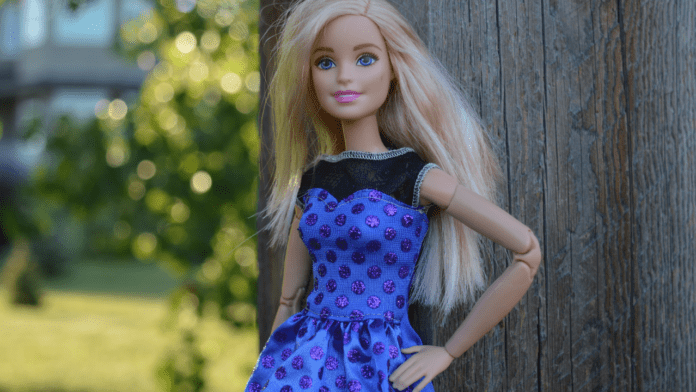From the moment it first hit the toy store shelves back in 1959, the Barbie doll has been a beloved and iconic figure in the realm of children’s toys. In this post, we will delve deep into the origins of Barbie, how it rose to worldwide fame, the genius mind behind its creation, and the fundamental idea that sparked its existence.
The Barbie doll was conceived by Ruth Handler, an American businesswoman who co-founded the renowned toy company Mattel, Inc. with her husband, Elliot. The inspiration for Barbie originated from Ruth’s observation of her own daughter, Barbara. She noticed that Barbara preferred playing with adult paper dolls, creating narratives around them that extended beyond traditional maternal or domestic scenarios that most dolls at the time were designed for.
Ruth Handler, therefore, envisioned a 3-dimensional adult-figured doll that would inspire girls to think about their futures and the plethora of opportunities they could have. She believed that through play, children could try on different roles and scenarios, imagining and exploring their potential.
During a family trip to Europe, Ruth found a German toy doll called Bild Lilli, which was pretty close to what she had in mind. She brought the doll home, and it served as a prototype for what would eventually become Barbie. The doll was named after Ruth’s daughter, Barbara, and was introduced to the world at the American International Toy Fair in New York on March 9, 1959 – a date that is now recognized as Barbie’s official birthday.
Despite initial skepticism from buyers who doubted whether parents would buy their children a doll with such mature figures, Barbie became a sensational success. The reason behind its popularity can be attributed to several key factors:
- Innovative Concept: Barbie was among the first dolls to have an adult figure, allowing children to imagine life beyond childhood. This unique perspective appealed to many young girls, inspiring dreams and ambitions.
- Adaptability: Over the decades, Barbie has adapted to social, cultural, and fashion trends, making it remain relevant and appealing to new generations.
- Versatility: The myriad careers, outfits, accessories, and companions that Barbie has had over the years have made it an incredibly versatile toy, reflecting the diverse interests and ambitions of girls worldwide.
- Marketing Strategy: Mattel’s brilliant marketing strategy, including the use of television advertising, also played a crucial role in Barbie’s popularity.
From its creation to its global success, Barbie’s story is a testament to Ruth Handler’s visionary idea – to empower girls to dream beyond their immediate circumstances and aspire for more. Through the playful act of storytelling with Barbie, children have been encouraged to explore their potential and possibilities, shaping a better and brighter future.
The origin of Barbie is not just a tale of a successful toy; it is a story of ambition, inspiration, and endless possibilities – elements that still resonate with millions of Barbie lovers around the globe today.
